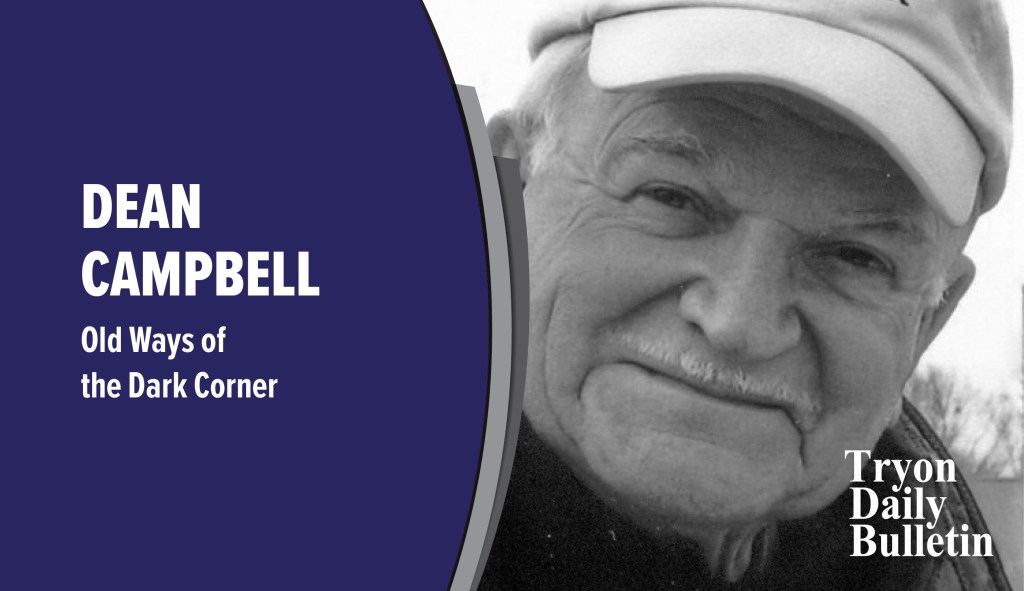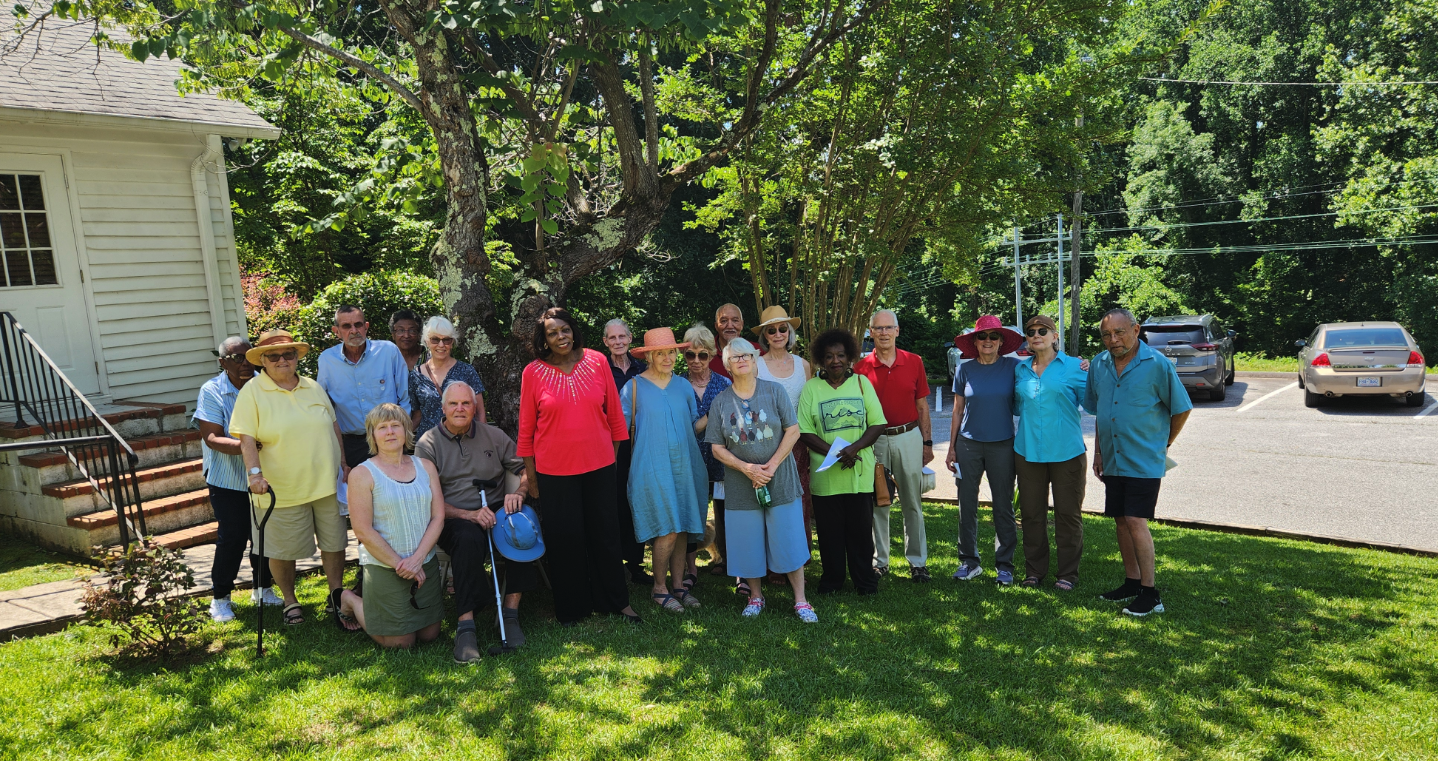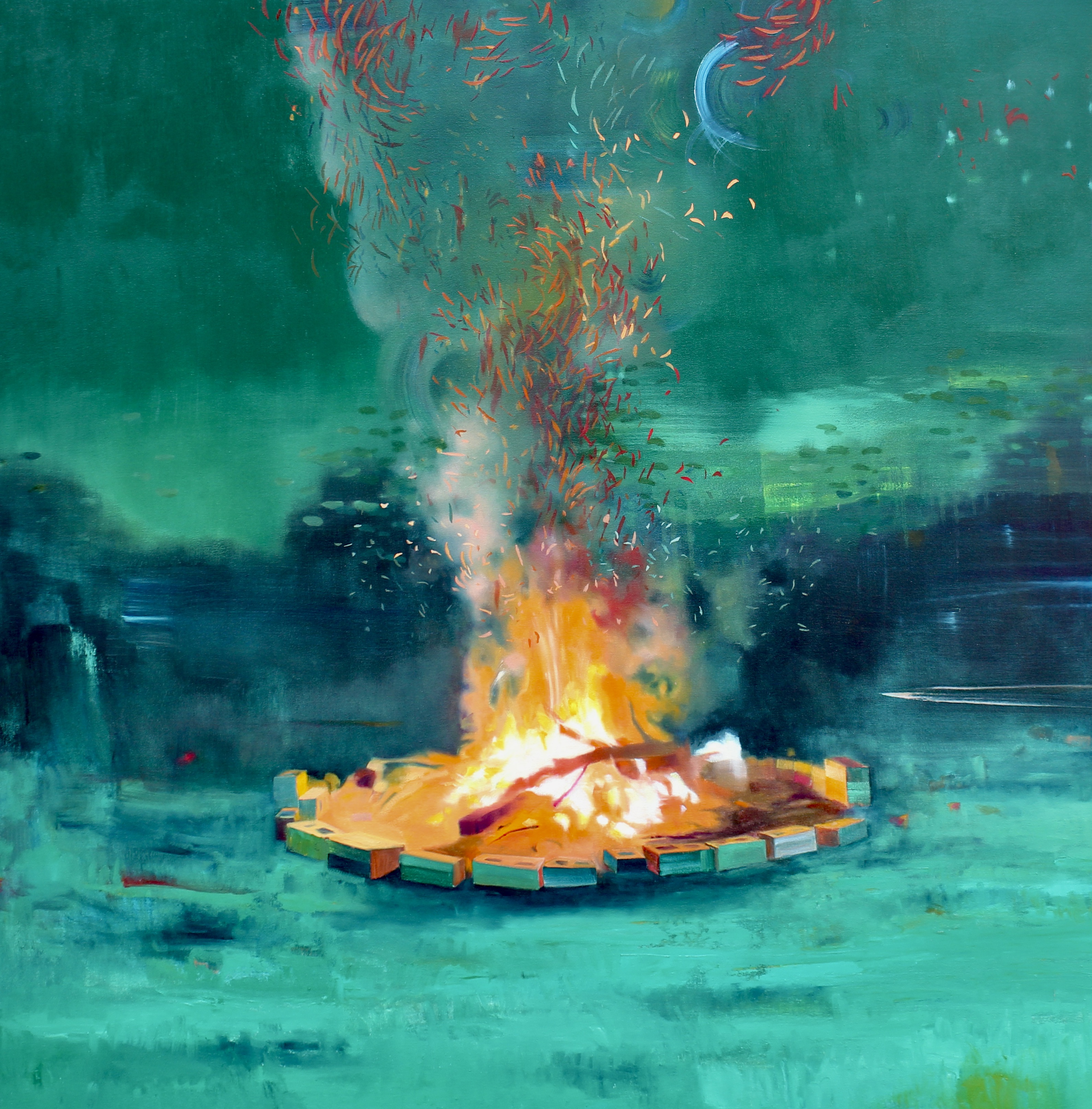Random musings of Thanksgiving and turkeys
Published 11:29 am Friday, November 4, 2022
|
Getting your Trinity Audio player ready...
|
Most folks know about the first Thanksgiving celebration that the Pilgrims in Plymouth, Massachusetts observed with their Wampanoag Indian neighbors in 1621. What is less known is that the feasting went on for three days!
Such a lengthy celebration should have been expected. The Wampanoags and other Native American tribes had celebrated harvest festivals for centuries and the Pilgrims wanted to offer special thanks in three regards–for their survival in this new land, for the fertility of their fields, and for their faith.
Virginia and other colonies began celebrating a special day of thanks in the fall during the 16th century. It was not until 1789 that President George Washington asked the people of the new United States to acknowledge God for providing an opportunity to establish a form of government for their safety and happiness by devoting a “day of public thanksgiving and prayer.”
It became a yearly tradition in many communities across the country.
During the Civil War, President Abraham Lincoln, in 1863, issued a Thanksgiving Day Proclamation “to set apart and observe the last Thursday of November next as a day of thanksgiving and praise.”
Congress voted in 1941 to change the day to the fourth Thursday in November as Thanksgiving Day, and designated it a Federal holiday.
Turkey has become the most widely-served main course for the holiday, so much so that many refer to it as “Turkey Day.” Have you ever wondered why? I have.
Research shows that at one time turkey was a rare and special treat. During the 1830s, a young, tender, 8- to 10-pound bird could cost a day’s wages! Only the wealthier families could afford one, and many families had to substitute an aging chicken who had stopped laying eggs.
Even today, present-day inflation keeps the price of turkey high.
Wild turkey still remains a bounty to be celebrated. It is one of the more difficult game birds to hunt because it cannot be flushed out of the brush with a dog. It must be attracted with different calls, and a wild turkey can make approximately thirty different calls. Even with two hunting seasons each year, only one or two in six hunters will get a wild turkey.
Domesticated turkeys are more expensive to raise and prepare for market than chickens.
Turkey trivia question: How do you tell a domesticated turkey from a wild one? Domesticated turkeys have white-tipped tails; wild ones have dark-tipped tails.
Wild turkeys are native to Mexico in the Western Hemisphere. European explorers brought wild turkeys home with them in the early 1500s. They were domesticated there and later brought to the United States by English colonists. They didn’t migrate here from Mexico.
Just as many people know the Plymouth Thanksgiving story, most know that Ben Franklin felt that the turkey would have been a better national symbol than the bald eagle for our country. The Franklin Institute says that he wrote a letter to his daughter on the subject.
It said: “For my own part, I wish the bald eagle had not been chosen as the representative of our country; he is a bird of bad moral character; he does not get his living honestly…like those among men who live by sharping and robbing…he is generally poor, and often very lousy.
“Besides, he is a rank coward; the little king-bird, not bigger than a sparrow, attacks him boldly and drives him out of the district…
“For in truth, the turkey is in comparison a much more respectable bird, and withal a true original native of America. Eagles have been found in all countries, but the turkey was peculiar in ours…”
You made your point well, Ben!






